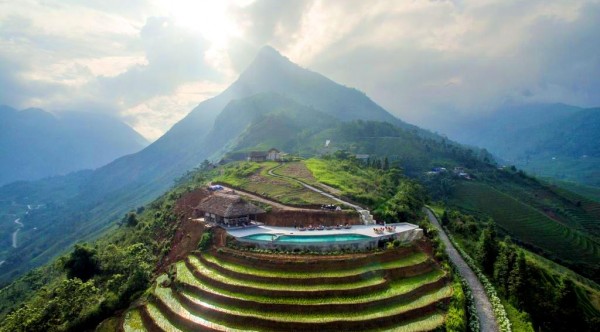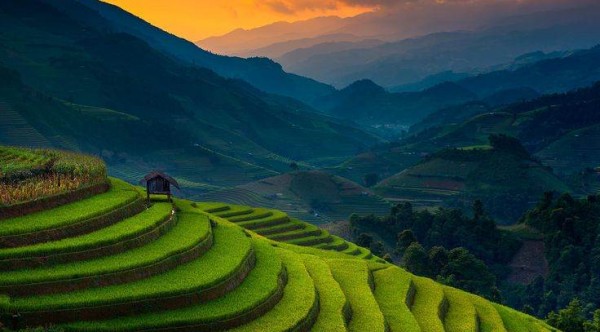
Sapa - Home of Ethnic minorities and Hill Tribes

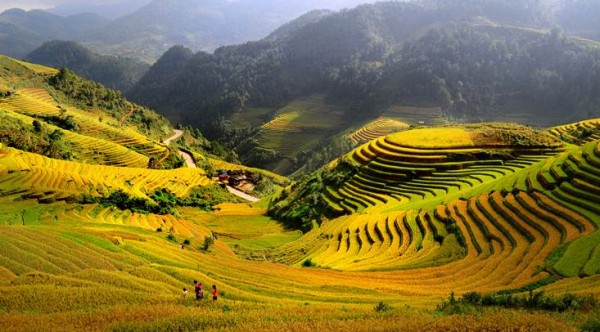
Sapa Hill Tribe Villages Trekking Tour – 3 Days/ 2 Nights
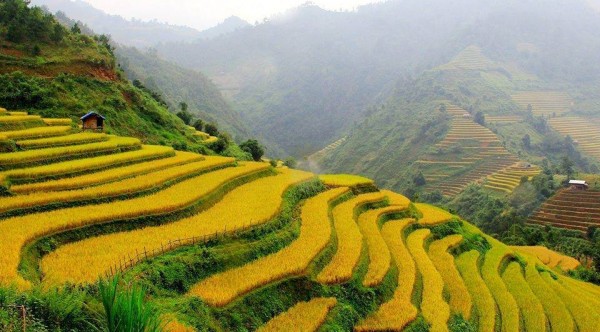
Sapa Hill Tribe Villages Trekking Tour – 2 Days/3 Nights – Home-stay...
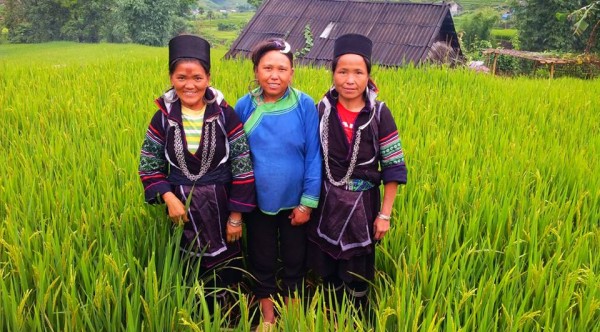
Sapa Hill Tribe Villages Trekking Tour – 2 Days / 3 Nights
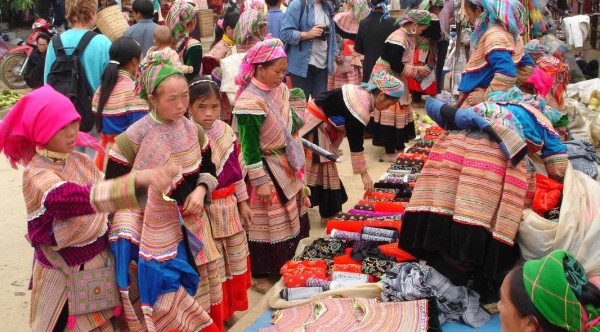
Northwest Vietnam Hill Tribes Ultimate Trekking – 5 Days/ 4 Nights
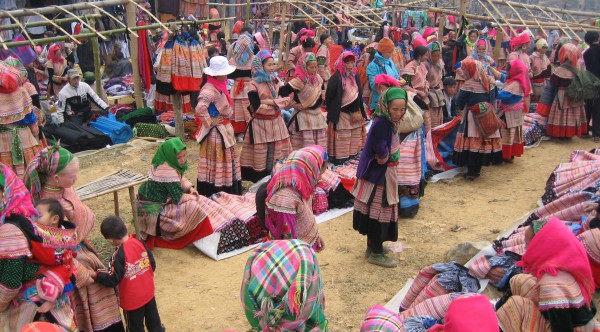
Cao Son Market & Sapa Adventure Trekking Tour – 4 Days/ 3 Nights
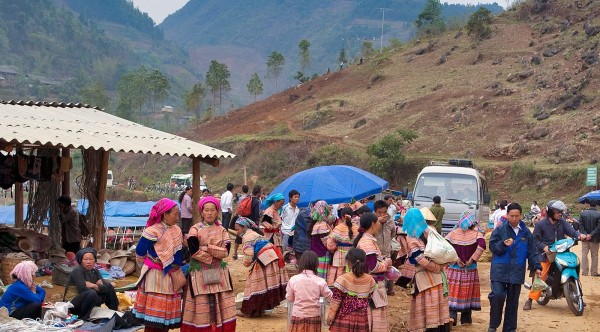
Sapa market and Can Cau market Tour – 4 Days/ 3 Nights
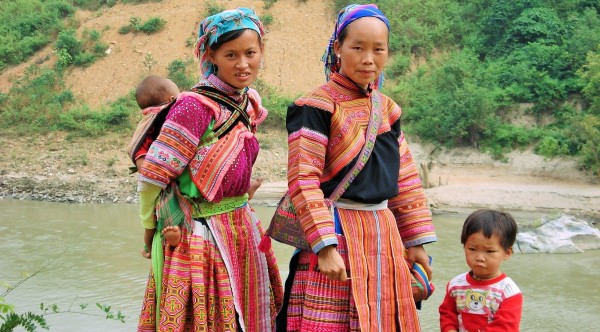
Sapa Trekking and Coc Ly Market Tour – 4 Days / 3 Nights
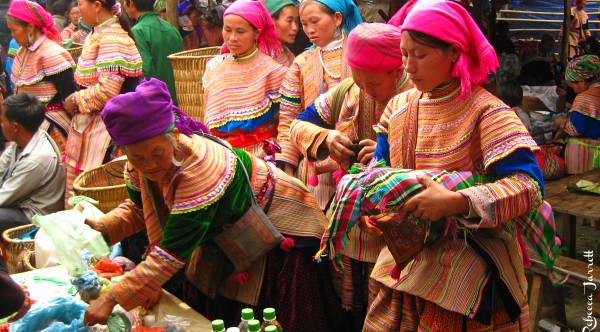
Sapa Trekking and Bac Ha market Tour – 4 Days/ 3 Nights
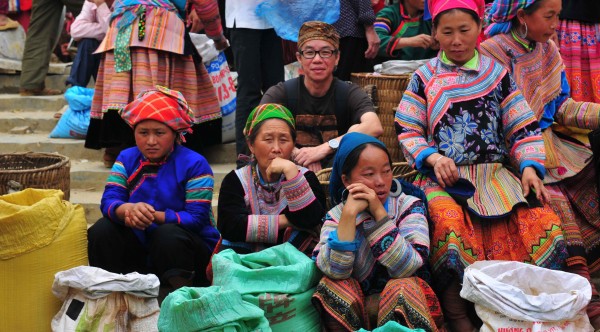
Sapa – Bac Ha sunday market – 3 Days/ 4 Nights
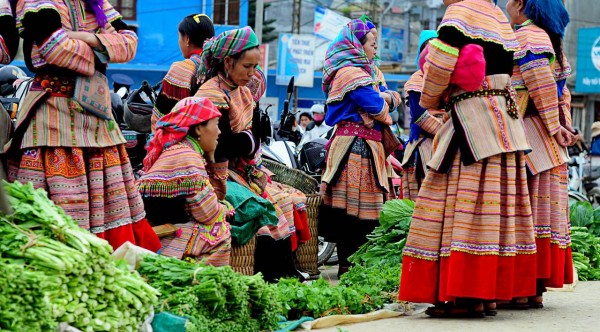
Perfect connection of colorful Can Cau and Bac Ha market – 2 days / 3 nights
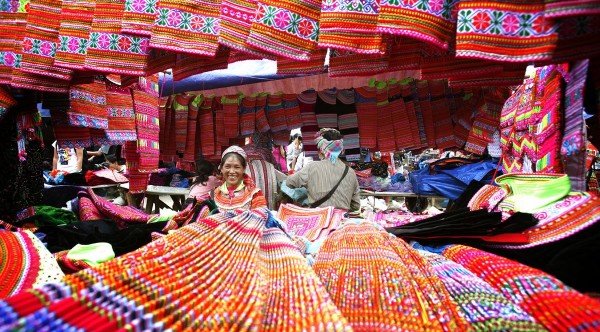
Northwest Vietnam Adventure Expedition – Highlight Hill Tribe Villages &...

Northwest Vietnam Hill Tribes Ultimate Trekking – 5 Days/ 4 Nights
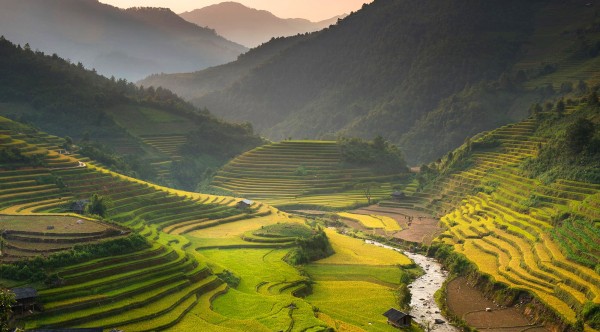
Bac Ha Ultimate Trekking Tour – 6 Days/ 7 Nights
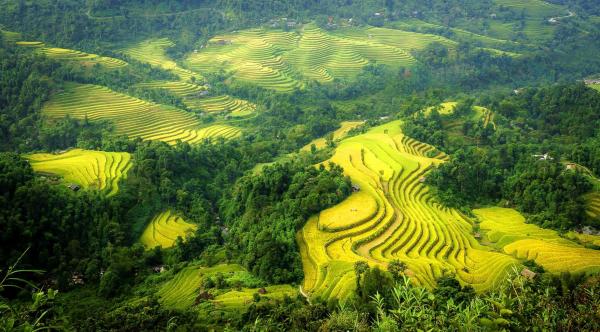
Bac Ha – Ha Giang Ultimate Trek 10 Days / 9 Nights

Sapa Biking and Adventure Trekking – 2 days / 3 nights
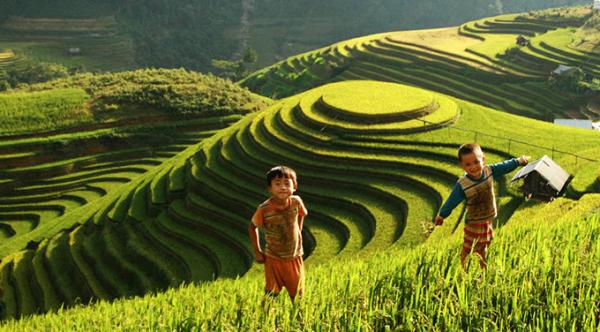
Sapa Hill Tribe Village Discovery Tour – 3 days
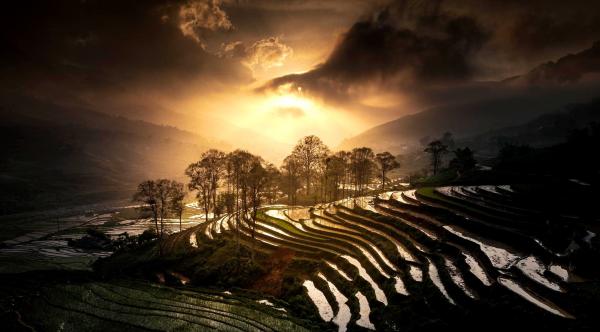
Sapa Adventure Trekking Tour – 5 Days/ 4 Nights

Sapa Adventure Trekking Tour – 5 Days/ 4 Nights
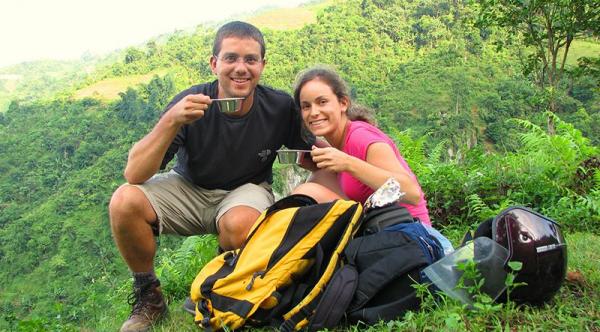
Fansipan Adventure Trekking Tour – 6 Days/ 5 Nights
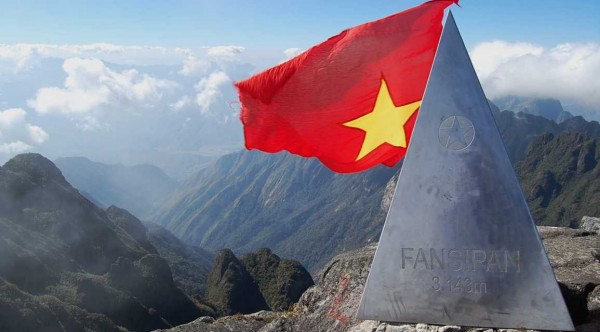
Fansipan Adventure Trekking Tour – 7 Days/ 6 Nights
Sapa - Home of Ethnic minorities and Hill Tribes
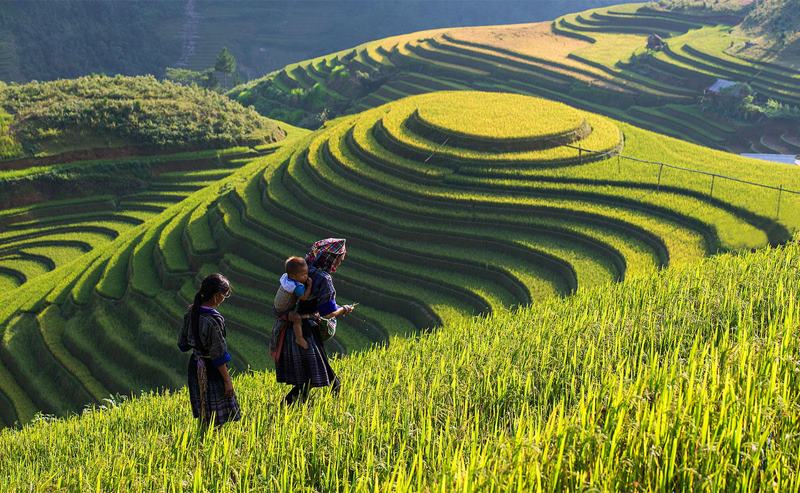
Established as a hill station by the French in 1922, Sapa is the one place in the northwest where tourism is booming. It’s now firmly on the European and North American package-tour circuit, and well-equipped trekkers are a common sight around town.
The town is orientated to make the most of the spectacular views emerging on clear days. It overlooks a plunging valley of cascading rice terraces, with mountains towering above on all sides. Views of this epic scenery are often subdued by thick mist rolling across the peaks, but even if it’s cloudy, Sapa is still a fascinating destination, especially when local hill-tribe people fill the town with colour.
The town’s French colonial villas fell into disrepair during successive wars with the French, Americans and Chinese, but following the advent of tourism, Sapa has experienced a renaissance. The downside is a hotel building boom, and because height restrictions are rarely enforced, the Sapa skyline is changing for the worse.
Inherent in this prosperity is cultural change for the hill-tribe people. The H’mong people are very canny traders, urging you to buy handicrafts and trinkets. Many have had little formal education, yet all the youngsters have a good command of English, French and a handful of other languages.
When the best time to visit Sapa
The dry season is from January to June with March to May the best time to visit. Temperatures in January and February are regularly around 0ºC. The rainy season falls in June and August. September marks the end of the rainy season which is a good time to visit then by mid-December temperatures start to fall significantly making this September to mid-December period the best time to be there.
Getting There & Away
Train
There’s no direct train line to Sapa, but regular services from Hanoi to Lao Cai.
Please contact us to book ticket.
Bus
Sapa’s bus station is in the north of town.
But you can also contact us to get more information and book ticket.
Mini-Bus
Buses to/from Lao Cai are frequent between 5am and 5pm (40,000d, 1 hour), leaving from outside the church. Hotels and travels agents offer direct minibus services to Bac Ha (from 15$ return) for the Sunday Market. It’s cheaper but slower to go to Bac Ha by public bus, changing buses in Lao Cai
Bicycle & Motorcycle
Motorcycling from Hanoi to Sapa is feasible, but it’s a long 380km trip. Put your bike on the train to Lao Cai and save yourself the hassle. The 38km between Lao Cai and Sapa is all uphill-hell on a bicycle.
Sights & Activities
Sapa Market
Hill-tribe people from surrounding villages go to the Sapa market most days to sell handicrafts and ethnic-style clothing. Saturday is the busiest day, and every day the market’s food stalls are popular for breakfast and lunch. The location of the town’s market may change in the next few years.
Sapa Radio Tower
The easiest trek in town is to follow the steps up to the Sapa radio tower for killer views of the valley.
Sapa Museum
Excellent showcase of the history and ethnology of the Sapa area including the colonial times of the French. Exhibitions demonstrate the differences between the various ethnic minority people of the area, so it’s definitely worth visiting the museum when you first arrive in town. Downstairs is a handicrafts and weaving demonstration with items for sale.
Local Villages
The nearest village within walking distance is Cat Cat, 3km south of Sapa. It’s a steep and beautiful hike down, and there is plenty of xe om for the return uphill journey.
Another popular hike is to Ta Phin village, home to Red Dzao and about 10km from Sapa. Most people take a “Xe Om” to a starting point about 8km from Sapa, and then make a 14km loop through the area, passing through Black H’mong and Red Dzao villages.
For spectacular valley views (if the mist and cloud gods relent), there’s a beautiful hike along a high ridge east of Sapa through the Black H’mong settlements of Sa Seng and Hang Da down to the Ta Van River, where you can get transport back to Sapa.
There are also community-based tours to the nearby H’mong village of Sin Chai, with an overnight in the village to learn about textiles or music and dance. Other popular communities to visit include the Giay village of Ta Van and the H’mong village of Matra.
Fansipan
Surrounding Sapa are the Hoang Lien Mountains, dubbed the Tonkinese Alps by the French. These mountains include the often cloud-obscured Fansipan (3143m), Vietnam’s highest peak. Fansipan is accessible year round to sensibly equipped travellers in good shape, but don’t underestimate the challenge. It is very wet, and can be perilously slippery and generally cold. Don’t attempt an ascent if Sapa’s weather is poor, as limited visibility on Fansipan can be treacherous.
The summit of Fansipan is 19km from Sapa and can be reached only on foot. The terrain is rough and adverse weather is frequent. The round trip usually takes three days; some experienced hikers do it in two days, but you’ll need to be fit. After walking through hill-tribe villages on the first morning, it’s just forest, mountain vistas and occasional wildlife, including monkeys, mountain goats and birds.
Tam Ton Pass
The road between Sapa and Lai Chau crosses the Tram Ton Pass on the northern side of Fansipan, 15km from Sapa. At 1900m this is Vietnam’s highest mountain pass, and acts as a dividing line between two weather fronts. Even if you’re not touring the northwest, come up here to experience the often ferocious winds and the incredible views.
Alongside the road, 12km from Sapa, is 100m-high Thac Bac (Silver Waterfall); the loop track is steep and scenic. The waterfall is sometimes included on tours offered by Sapa travel agencies and another option to get there is to rent a motorbike.
Eating
For Western and Vietnamese food in comfortable surroundings, head to the diverse scene along the main drag P Cau May. Most places in town open for breakfast, lunch and dinner.
Vietnamese-style hotpot (meat stew cooked with local vegetables, cabbage and mushroom) is a very popular local dish; try it at the hotpot stalls just south of the bus station.
For eating on a budget, humble Vietnamese restaurants huddle below the market on Tue Tinh Street, and the night – market stalls south of the church can’t be beaten for “Bun Cha” (barbecued pork)
- Red Dao House: 4B, Thac Bac street
- Sapa Rooms: Phan Si street
- Nature View: Phan si street
- Bombay: Cau May street
The list of the ethnic minorities markets in Lao Cai and Sapa.
Ethnic markets of Lao Cai province are where minorities people gather for buying, selling, gossip and getting the basics of life for the week. With a variety of villages along the border with China, explore some of the most dramatic scenery of northern Vietnam, is another excellent opportunity to purchase local handicrafts and gifts directly from the makers and contribute directly to the locals. You can choose any ethnic minorities markets that you want to visit, #Green_Discovery_Indochina would like to suggest you the list of the ethnic minorities markets in Lao Cai province as here below:
✔Phong Hai Market (Monday)
✔Coc Ly market (Tuesday)
✔Cao Son market (Wednesday)
✔Xin Cheng market (Wednesday)
✔Lung Khau Nhin market (Thursday)
✔Can Cau market (Saturday)
✔Pha Long market (Saturday)
✔Bac Ha Market (Sunday)
✔Muong Hum market (Sunday)
✔Muong Khuong market (Sunday)
Phong Hai Market (Monday)
The Phong Hai Market is held every Monday and here you can meet with Flower Hmong (Red Hmong), Giay, Black Dao and Kinh people. The market traders sell clothes, handicrafts, vegetables and livestock.
The market opens at 6.30am so an early start is advised (it also closes early at 11am). This market is a little closer to Sapa and Lao Cai than others, so there is less travel time involved.
Coc Ly market (Tuesday)
Coc Ly Market is the colorful market in a mountainous area where the Flower H’mong mainly gathers to exchange their homemade products. This Tuesday market is about 35km from Bac Ha. You can get here via a good road, or by road and river; hotels in Sapa and Bac Ha can organize trips. Coc ly is a small village on the Chay River inhabited by the Flower H’mong Minority people. The Flower H’mong traditionally wears a distinctive and bright colored costume.
Cao Son market (Wednesday)
Cao Son Market is a small/medium sized market held every Wednesday. Set among beautiful rolling mountains this is a colourful market full of local products and handicrafts. Here you will find Flower Hmong (Red Hmong), Phu La, Black Dao and Chinese traders engaged in business.
Xin Cheng market (Wednesday)
Xin Cheng market opens on every Wednesdays. It offers the opportunity to discover a colorful gathering point of many local minorities (Flower Hmong, Tay or Giay).On the way to the Bac Ha market along the Chinese border, you will enjoy amazing mountain scenery, charming rivers and terraced rice fields. People from vicinities meet at the market to exchange tobacco, clothes, fruits, horses, buffaloes and many other local products. Xin Cheng is also a social gathering point for the villagers to meet and exchange the latest news.
On the way back to Sapa, you will pass by the Hmong King Palace which was built in the early 20th century during the French colonial era.
Lung Khau Nhin market (Thursday)
Lung Khau Nhin is a small market very close to the border with China, close to Muong Khuong town. The Black Dao, Giay, Tay, Flower Hmong (Red Hmong) minority peoples all attend this market. Lung Khau Nhin market is held every Thursday starting around 7.30am and closing in the early afternoon. The market is set in beautiful scenery and is very remote. It is a very ‘authentic’ market with few tourists visiting. The market mainly sells vegetables, seeds and livestock for the minority peoples.
Can Cau market (Saturday)
Can Cau is a busy market which is held every Saturday. Located just below the Chinese border, it is a colourful, vibrant market where you will encounter minority peoples such as the Flower Hmong (Red Hmong), Nung, Phu La and even Chinese people from across the border. All kinds of goods are traded here, from fabrics to various types of livestock to the powerful local corn wine.
As you would expect, the market starts early (around 7.30am) and closes in the early afternoon so you will want to make an early start to get the most out of the experience.
Pha Long market (Saturday)
It takes 2 hours by road from Lao Cai town (68km) and 3 hours from Sapa 95km. Located in the northwest, Pha Long market sees minority groups from distant villages coming to sell or exchange animals, agriculture products and especially textile products.
Pha Long is famous for Gau Tao festival in spring. “Gau Tao” means climbing mountains, and it starts from 3th to 6th in lunar calendar. People, who live in vicinities such as Bac Ha, Mu Cang Chai, and Chinese border, also come to Pha Long market. There are a lot of ceremonies and traditional game in this festival.
It opens every Saturday morning and is swamped with Mong, Tay, Dung, Pa Di and Tu Di groups who are up bright and early to jump on a motorbike or horse to make their way to Pha Long.
They carry pigs, hens, puppies and agricultural products like peanuts or kohlrabi in handicraft baskets and the popular colorful brocatelle products for sale or exchange at the market.
Bac Ha Market (Sunday)
Bac Ha Market is held every Sunday and is the biggest minority peoples market in Northwest Vietnam. Alive with the bright colours and extravagant costumes of the local people, here you will meet Flower Hmong (Red Hmong), Black Dao, Tay, Nung, La Chi, Phu La and other minority groups who come from far and wide to buy and sell a wide variety of goods and livestock, to exchange news and to renew friendships. In the past the market was a centre for trading horses but now that motorbikes have replaced them it is more common to see buffalo, cows, goats, fish and other livestock being traded. The market opens at around 7.30am and closes mid-afternoon, so an early start is advisable.
| Country | vietnam |
|---|

